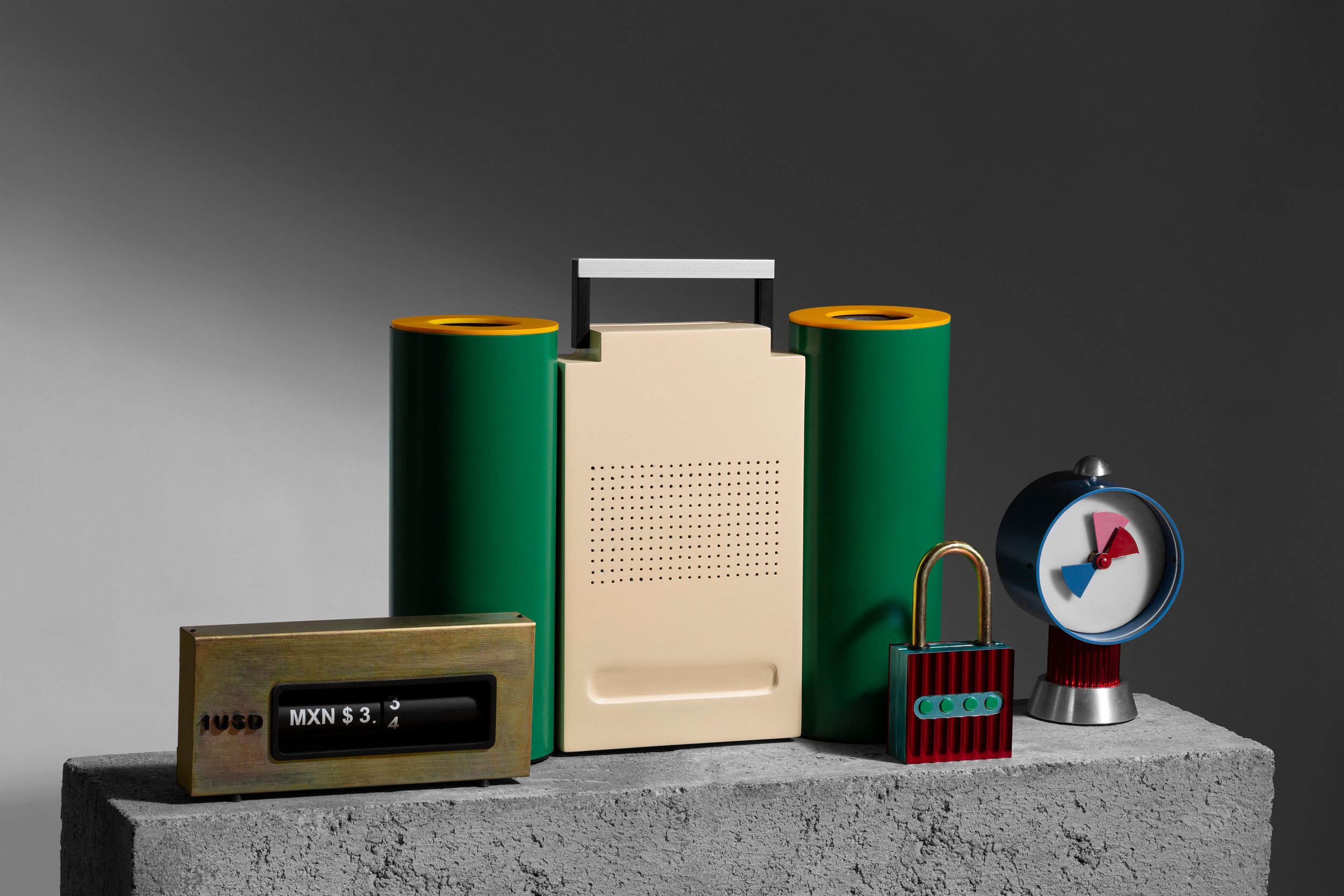Disonancia Domesitica: Exploring post-colonial functionality
Being Mestizo is an essential aspect of the Mexican experience. We believe that being Mestizo is living under constant Cognitive Dissonance. As Mestizos live on a permanent contradiction of their own human condition, they constantly shape their identity to cope with that mental conflict. The contradiction and attitudes we resort to avoid psychological discomfort are embedded so deeply in our culture that we no longer see it as what it is: a dissonance. This exists as constant dualistic conception, perhaps very well described by Octavio Paz, as a mix of human states, wherein one hand we feel melancholy-laziness-fatality-inferiority; and violence-sentimentality-resentment-evasion in the other. We identified these attitudes as the flexible perception of time, the constant intrinsic justification of circumstances, humour as a coping mechanism and dualistic Machismo attitudes.
As designers, we believe that our practice can be used as a tool, to find a better understanding of ourselves and our dissonant condition. Design, traditionally speaking, is a discipline that has been closely associated with commercial gain as it adds value to products and services. But for this exercise, we will take a Critical Design approach as, apart from stirring away from commercial gain, it can be useful in order to express a point of view, generate critique, and mobilize debate.
We have chosen to use electric households appliances or as we name them in Mexico, Electrodomésticos, as our vehicles to communicate our thoughts, findings, and reflections. By definition, an “electrodoméstico” is an artifact that functions with electricity, and its whole purpose is to perform and facilitate routine daily chores. An electrodoméstico is a tangible promise that through science, technology and social organization, and the improved human condition is achievable. For us, the Electrodoméstico is a symbol of a promise of progress that never finishes arriving. In general, Mexico lives in a constant what-could-it-be-but-it-never-will-be state of cultural flux, where post-colonial redemption never arrives. By using Critical Design tactics, we took some of these found Mexican attitudes toward life and translated them into the interactive functions of electronic house appliances.
Aesthetically speaking, the appearance of these artifacts challenges two common conceptions of house appliances. One, hi-tech and industrialized, like a Dyson product or the butler- artifact-that-appears-when-needed product popularized by Dieter Rams. We believe that a Mexican aesthetic value also asks for more protagonistic, ornamental, and aesthetically rich artifacts. These objects are also a continuation of previous research projects delaO design studio has been producing on light, color, and product design.
By seeing us reflected on these (perhaps absurd) house appliances, we can start questioning ourselves on why we are the way we are.
Ahorita Clock:
One of the Mexican attitudes is the relative perception of time linked to a post-colonial attitude of indifference and the avoidance of responsibility, especially towards authority, as it forces us to do what we don’t want to do. As Bartra argues, we Mexicans make crumbs out of time so it won’t coerce and compromise us. The Clock has always been a measuring instrument that marks time, and therefore, commitment, which Mexicans dread so much. So we designed a clock that marks the ambiguous time with which we feel most comfortable, lengthening the arrival of the future to enjoy the present.


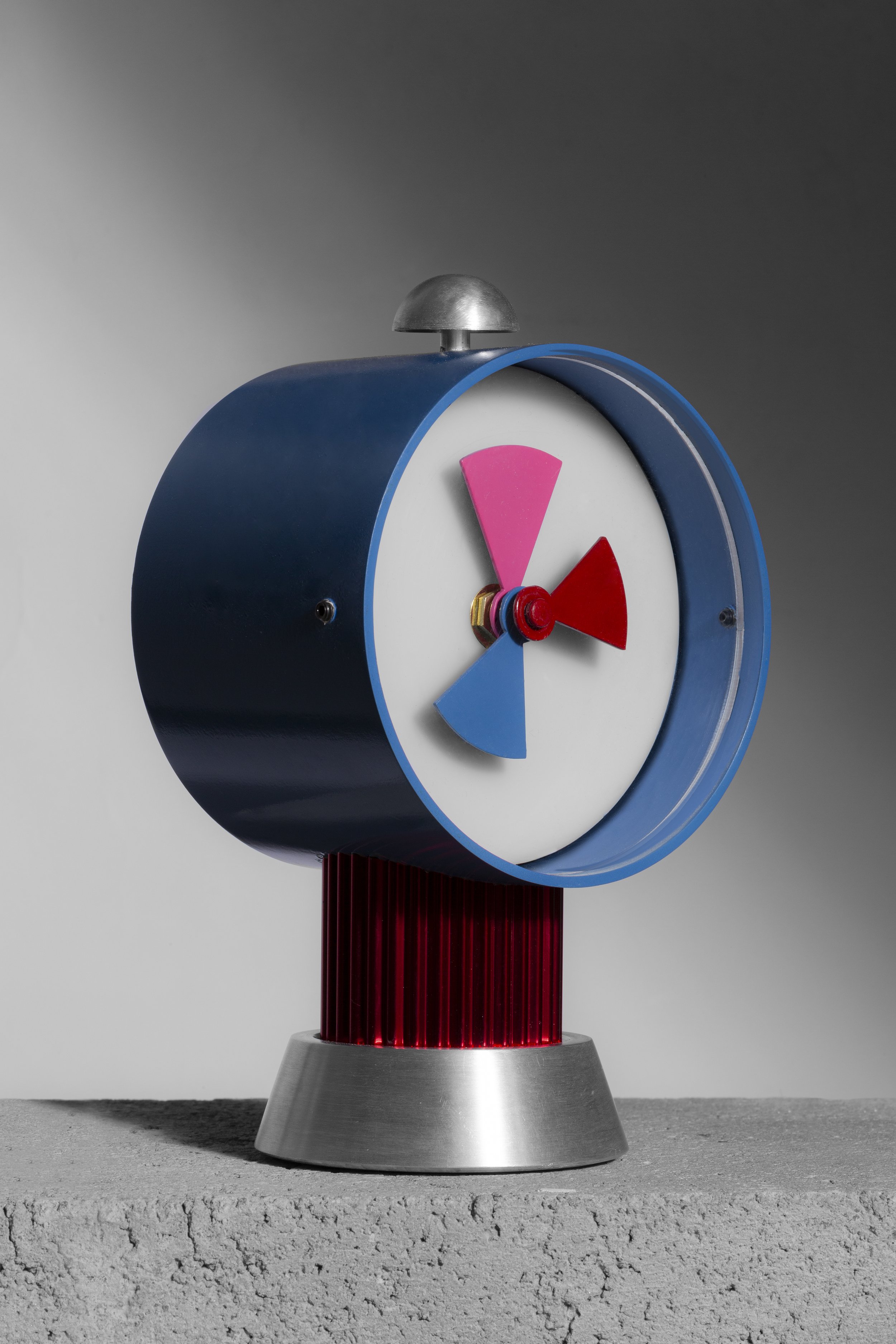
De Mentira Lock
We Mexicans experience constant adversity that shapes us, forging security instincts that allow us to survive. We know well the art of deception, because we know that it is the first impression that causes a reaction, so we take advantage of this to ensure our own safety. This lock has four buttons that at first glance can be intimidating, but in reality it consists of a simple mechanism that allows you to open the lock by touching any of these buttons.
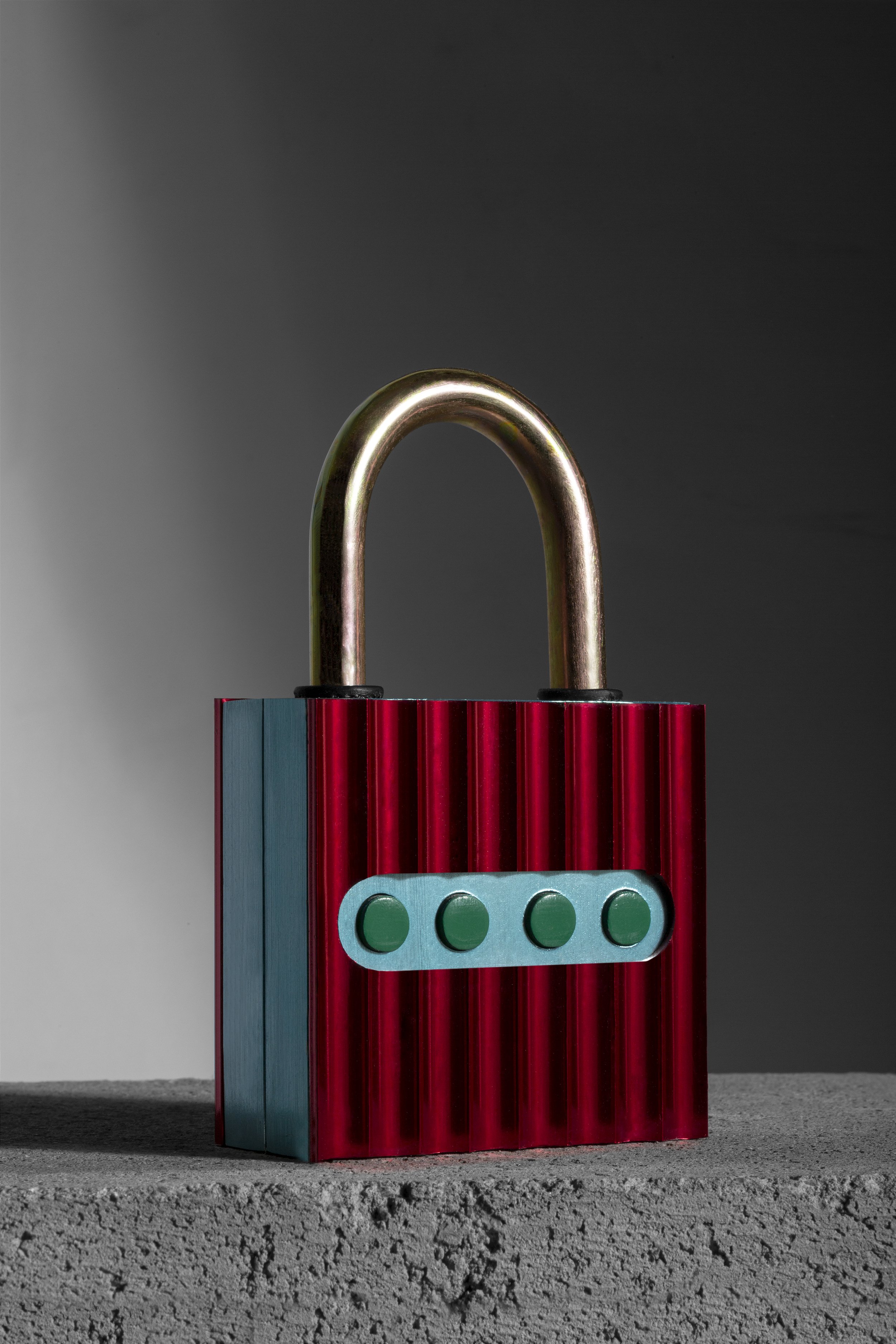
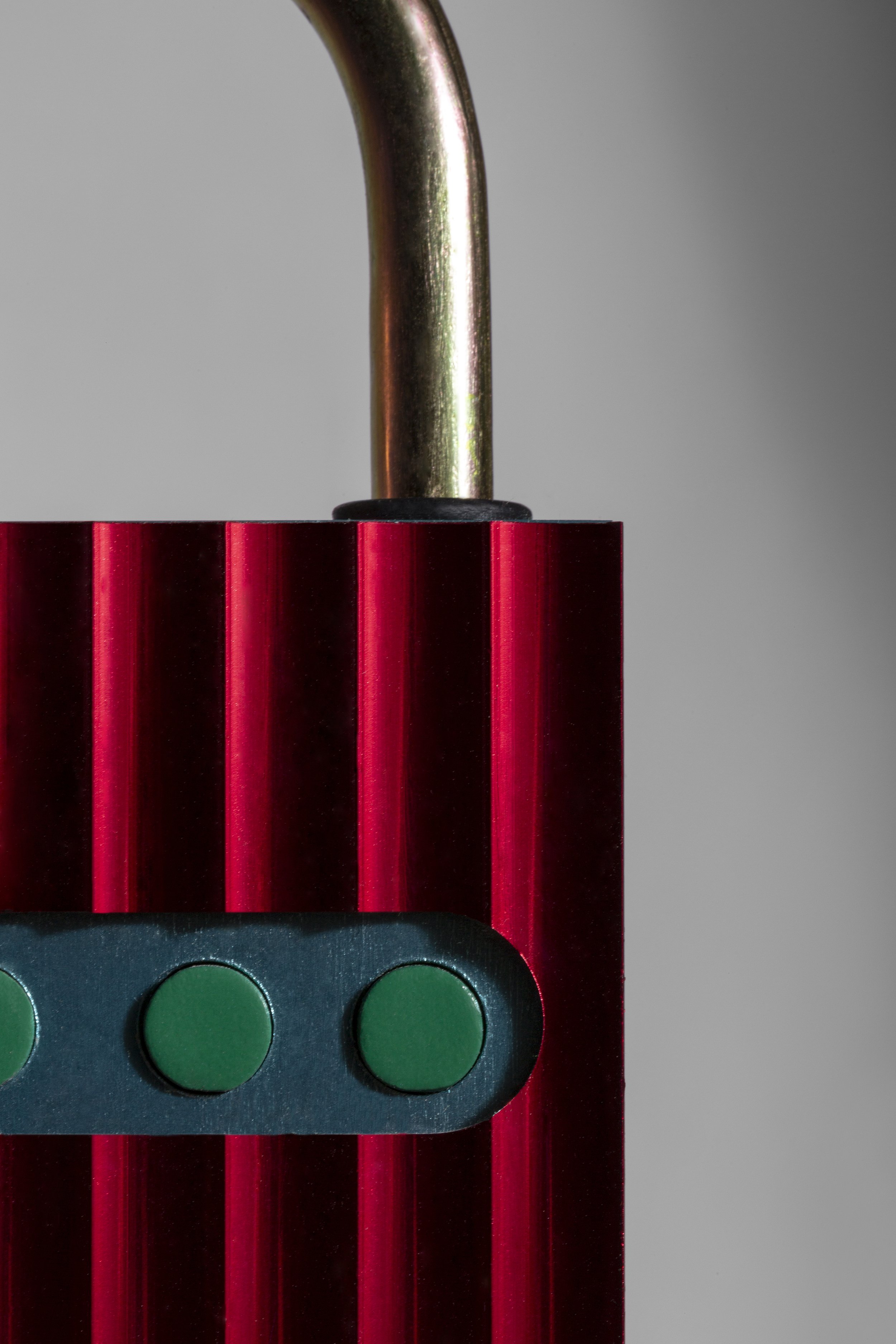
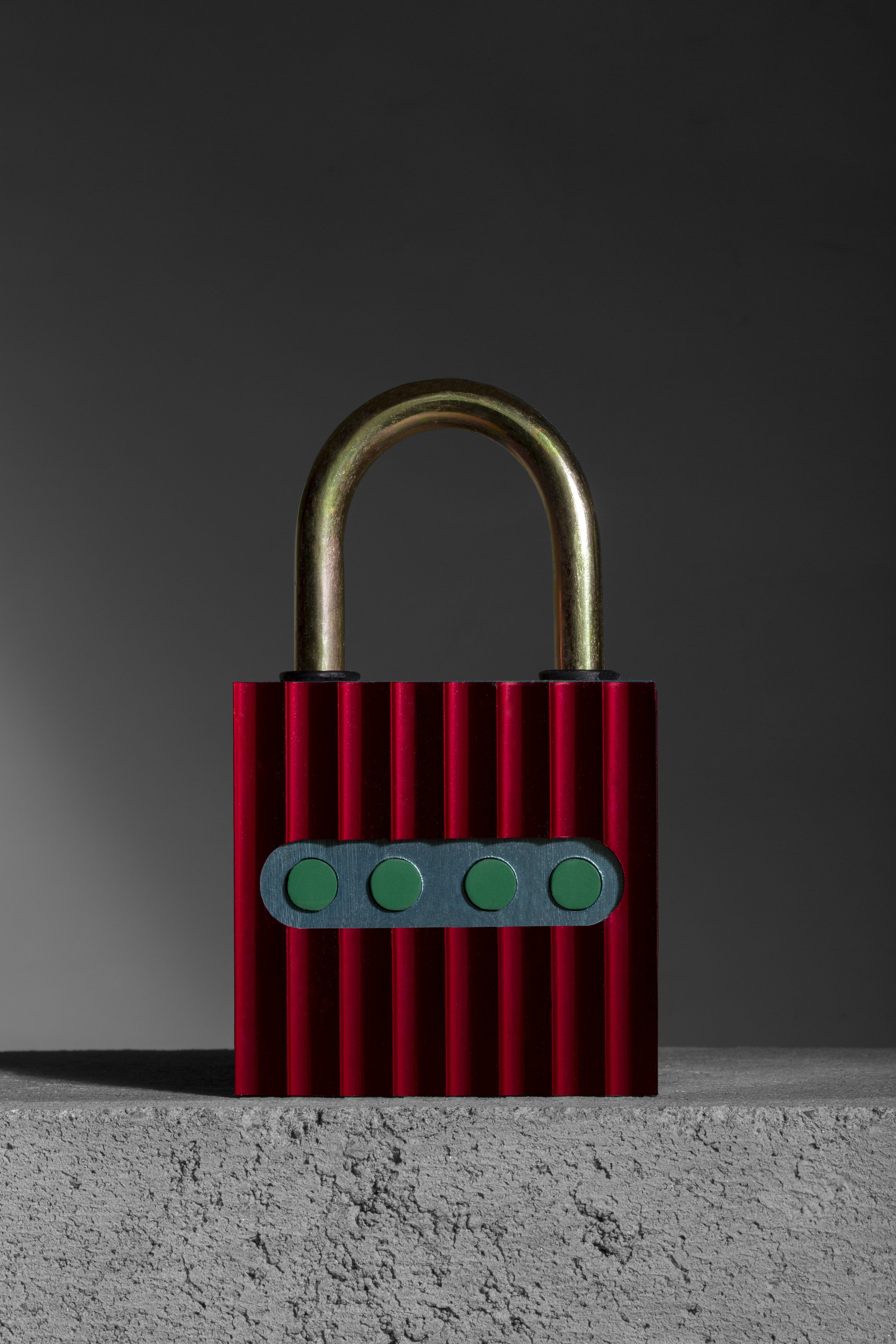
Gandalla Speaker
A gangster is the person who seeks advantage and immediate personal benefit at the expense of others. An attitude that seeks an immediate advantage, grounded in a resentment related to the class struggle that has been part of all of Mexican history. This speaker is designed so that the person who wears it can listen to their favorite music anywhere, expanding their personal space and invading that of others.
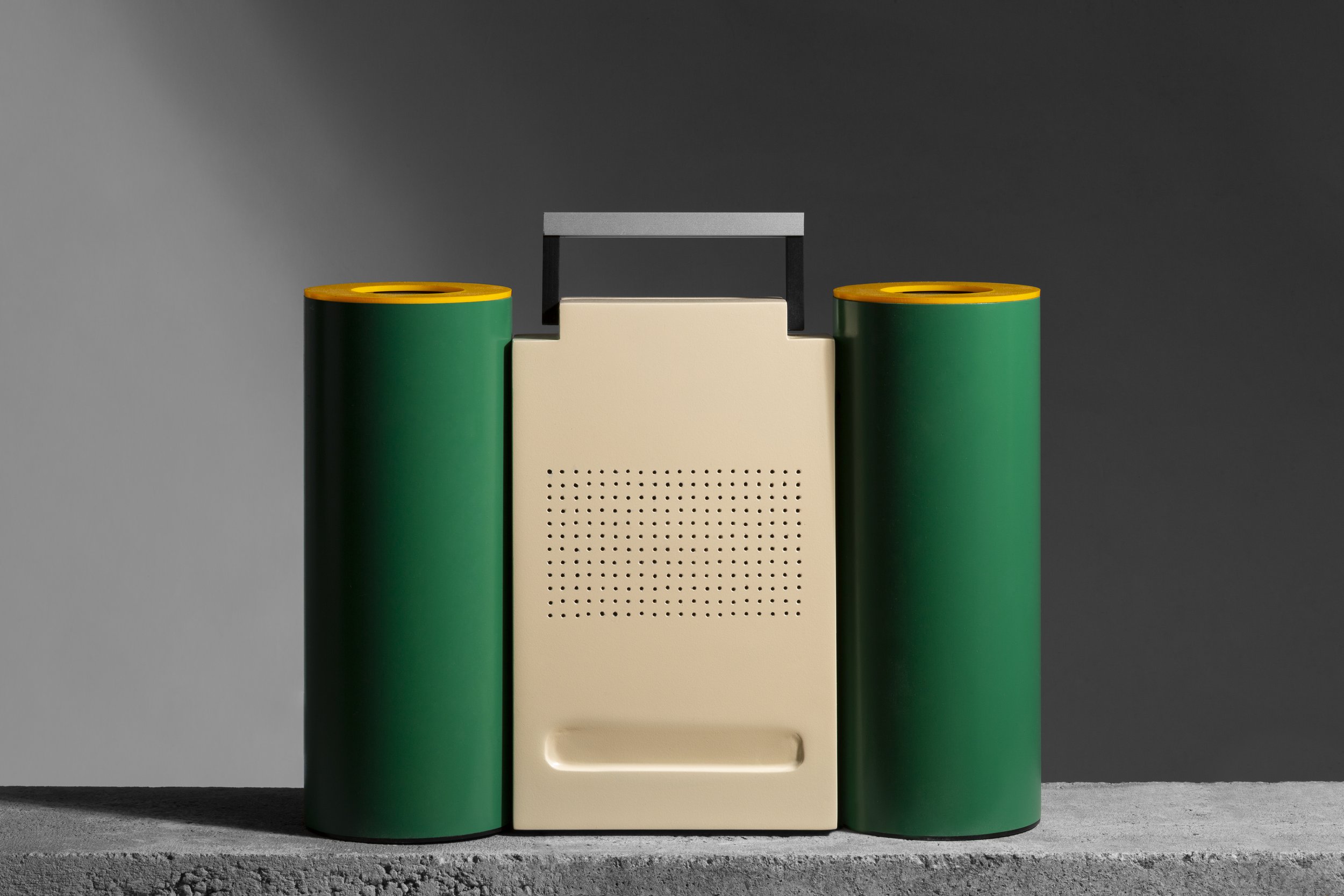

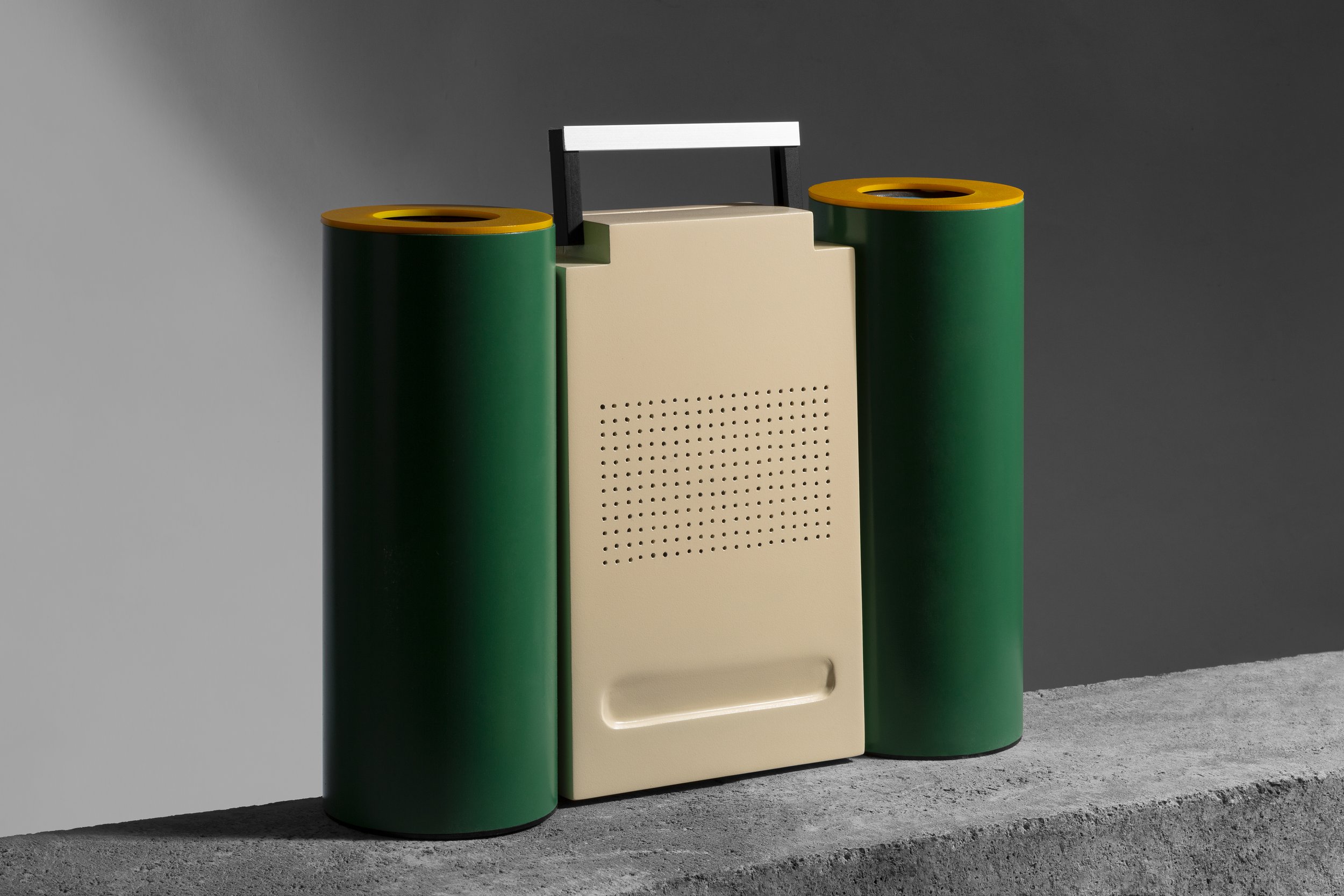
Hubiera Display:
The verb “hubiera” (english for “would have”) justifies what will never happen and shows us what could have happened. Our history, full of falls and tragedies, has pushed us Mexicans to use this verb a lot. We fantasize about things that never happened and never will, but it comforts us through possibility. This display constantly reminds us of the value of the Mexican peso if it had never been devalued in the 1990s and, therefore, invites us to fantasize about what our lives would be like with a better economy.


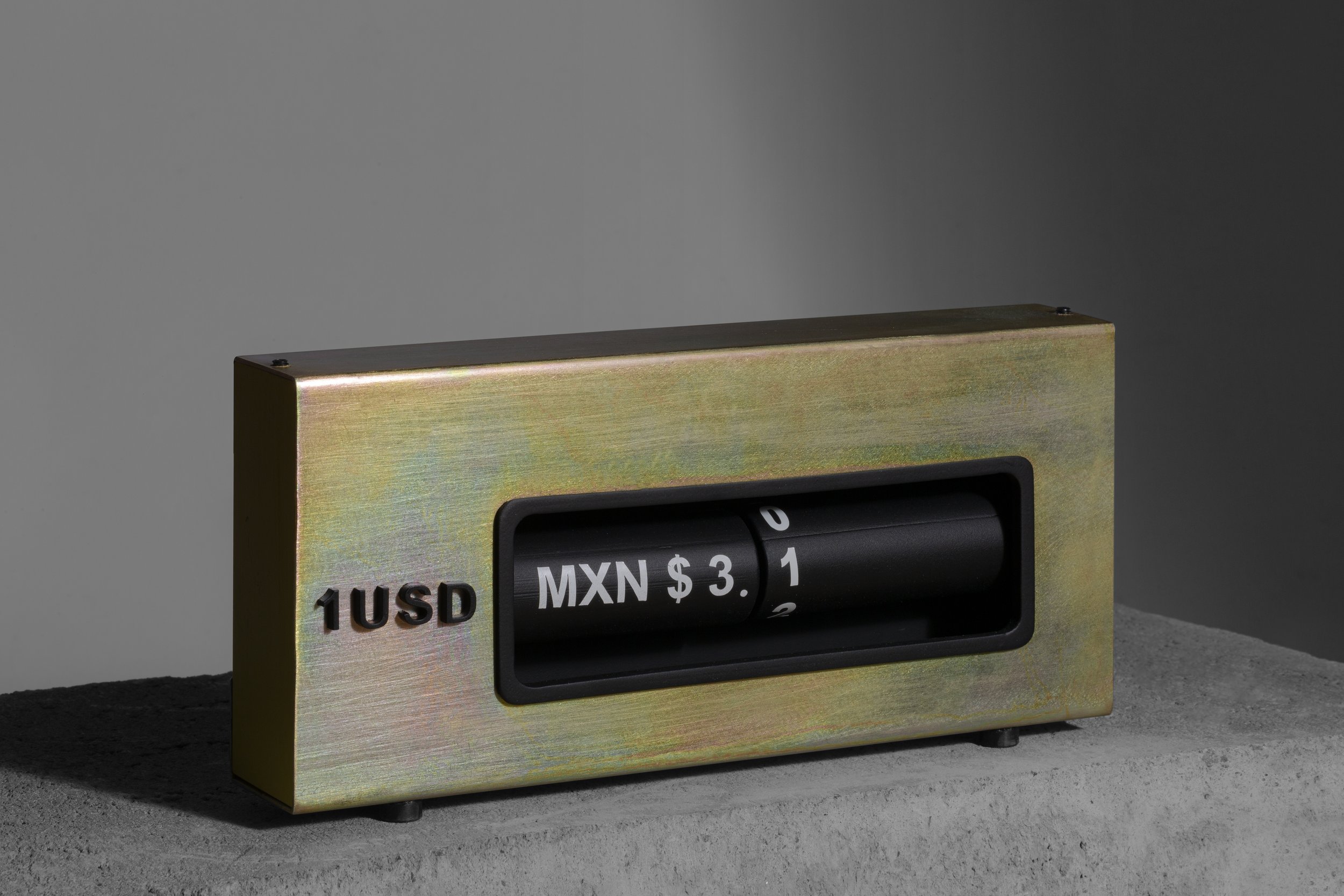
This project is part of the “Disonancia Mexicana” exhibition.
Concept and Art Direction by José de la O
Research and Conceptualization: Andrea de la Peña, Adriana Gutierrez and José de la O
Production: Eduardo Altamirano
This project was developed under the Unthinkable World Project, with the support of Arts and Humanities Research Council (AHRC), UK and Design Manufacturing & Engineering Management (DMEM) department at the University of Strathclyde.

